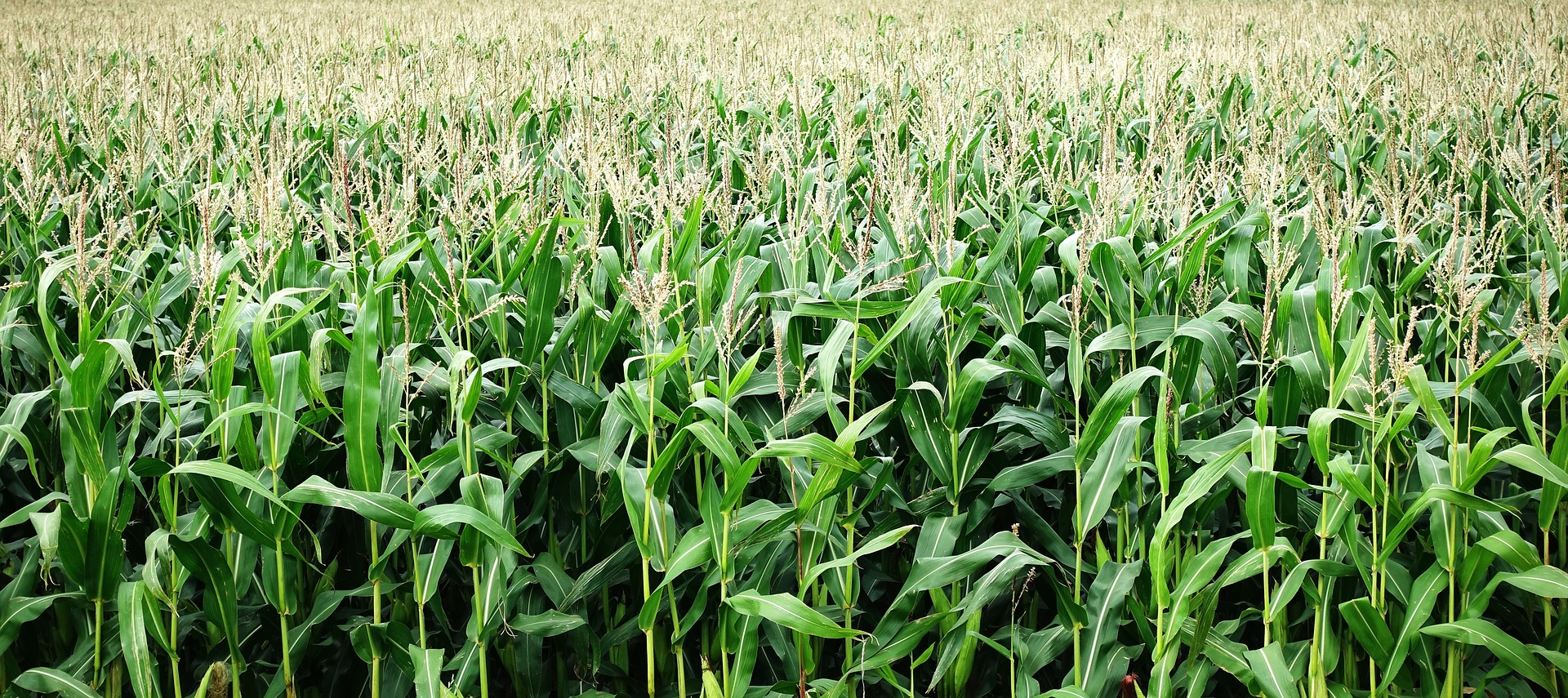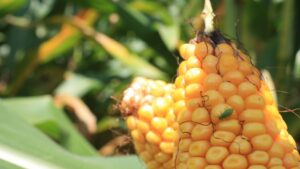The U.S. Corn Belt growing season got off to a cold and rainy start, forcing many farmers to face a difficult planting decision: accept the varied corn emergence or replant corn for an additional cost.
Producers surveyed across the U.S. intended to plant 89.5 million acres of corn in 2022. This acreage was a staggering 4% decrease, or 3.87 million acres fewer, than 2021, according to the USDA’s National Agricultural Statistics Service 2022 Prospective Plantings report. The most recent Crop Progress report from the USDA shows 49% of corn planted, compared to the previous five-year average of 67%. And 14% of planted corn has emerged.
With less-than-ideal conditions and lower planting numbers, Sygenta Seeds could help turn farmer’s luck this season around.
NK Corn Replant Calculator
Sygenta is now offering farmers its free NK Corn Replant Calculator, built to aid agronomists and farmers when making data-based decisions when deciding if they should replant their corn.
Suggestions from the NK Corn Replant Calculator are formed from publicly available data. Calculations are based on, “a farmer’s location, original planting date, replant date, current plant density and desired plant density,” shared a news release. While the Calculator offers recommendations founded on university data, it is not a definitive resource for replant decisions.
“Farmers make countless decisions throughout the growing season, but the decision on whether or not to replant a corn crop is arguably one of the most significant in terms of potential ROI,” said Todd McRoberts, NK Seeds agronomy manager. “It’s not always a black-and-white decision, but there are simple steps farmers can take to build confidence in their decision to invest in a replant.”
Three steps are vital when considering a potential replant, according to Syngenta:
Determine Existing Stand
To evaluate stand, determine the number of healthy plants in each row that equals 1/1000 of an acre. Then, multiple the number of crops by 1,000.
“Take several counts throughout various areas of the field to get an accurate final stand,” advised McRoberts. “If stand loss is occurring in distinct zones, limit your stand count measurements to those areas of replant consideration.”
Compare Estimated Replant Yield Potential to Potential of Existing Stand
“This calculation will provide a lot of clarity into the yield potential both options offer,” added McRoberts.
Determine Whether Relative Maturity Should be Decreased for Replant
“Choose a hybrid that can reach maturity prior to the first frost,” McRoberts says. “Hybrids compensate for the abbreviated growing season and will reach black layer within fewer growing degree units than if planted earlier.”
The time for farmers to create a replant plan is now, McRoberts believes. He recommends that growers plant full-season hybrids modified for specific areas until the final week of May. Then, farmers can change to a mid-season hybrid, but never an 8-11 RM hybrid earlier than adapted full-season hybrids. The only exception is when drying grain is not possible.
Read More About Corn Planting and Production in the U.S.:
U.S. Corn Belt on Climate Change’s Path of Destruction
Is Increasing Corn Production as Easy as One, Two, Three?
Prospective Plantings Report Shows Soybean, Not Corn, New King Crop












